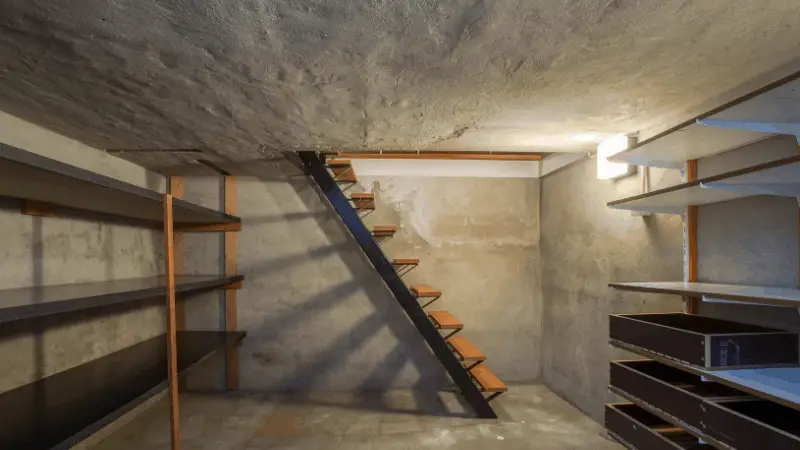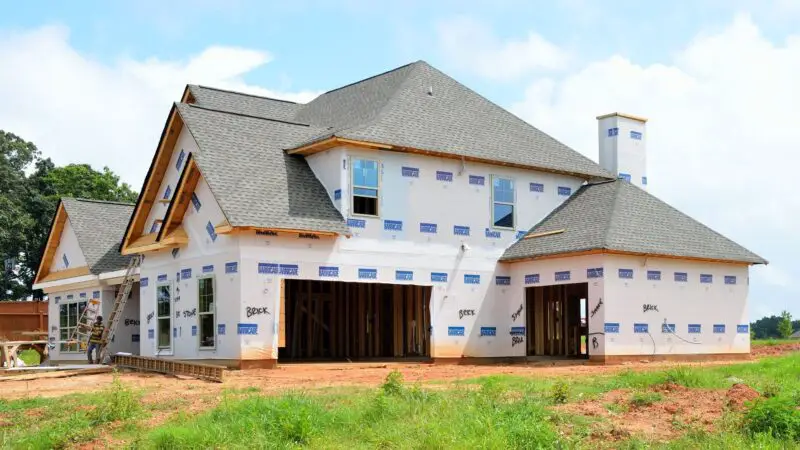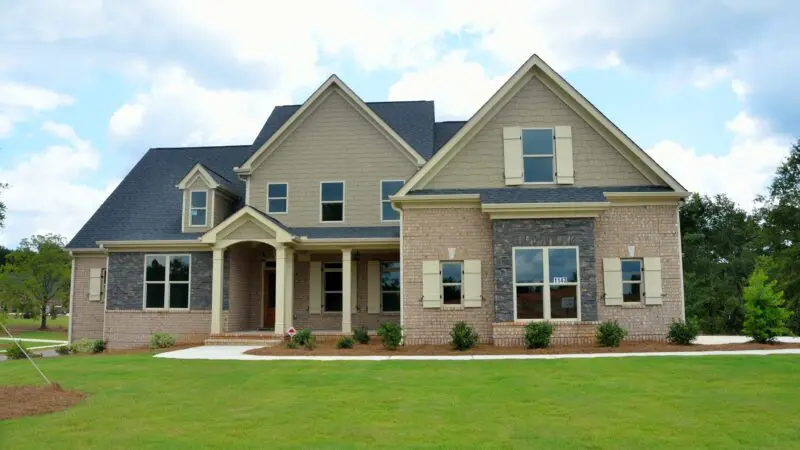If you are moving to Texas for the first time, one of the things you will notice is the lack of basement in most of the homes in the Lone Star State, especially in the East, West, and South regions. But why are the majority of houses in Texas built without this traditional space?
The main reason why homes are often built without basements in Texas is due to the topography of the land. The soil’s surface is close to the water table (within 10 feet), so most builders find that creating a basement in this environment may put the home at risk during a flood. However, there are several other reasons why builders avoid including the room in a home’s final blueprint, which we will discuss below:
1. There’s No Incentive for Digging Under the Frost Line
Building regulations in most states in the US require that home foundations are built below the frost line. The frost line is the section of the soil that does not freeze during the winter season.
In most northern states, builders must dig deep enough to get a home’s foundation and pipes below the frost line to prevent them from freezing during winter.
In Texas and other southern states, the frost line is usually non-existent or shallow, only a foot below the soil’s surface. While this means that it technically would be easier to build out a basement in Texas, most home developers choose to avoid doing so to avoid the added trouble and expense (more on this later).
2. Texas Has a High Water Table
If you are familiar with geography and geology, the top layer of the soil that is permanently covered with water is known as the water table. And, with much of Texas having large bodies of water and being near the Gulf, the water table is very close to the surface. For instance, in areas such as Austin and Houston, you can strike the water table or find water just within 7 to 10 feet down.
So, constructing a basement close to or below the water table in Texas is similar to building an underground well that is more likely to flood during heavy rains or hurricane season. With that said, no basement is better than a flood disaster waiting to happen.
3. There’s a High Clay Content in the Soil
Historically, most of Texas was initially under the Gulf of Mexico, but as the water receded, the eastern parts of the state were left with expansive clay soil. While it is possible to build a basement on clay soil up north, the type of clay soil in the Texas area is easily susceptible to shifting and flexing during the rainy season.
Due to the high clay content in the state, the soil surface beneath and around the foundation of homes can expand up to 30 percent when wet. They also exert up to 15,000 pounds of pressure per square foot.
The combination of the flexibility of the clay and its increased pressure during times of rain make it quite risky for building a basement in.
4. It’s Difficult to Dig in Limestone Bedrock
If you move from the high water table of the East to the West of Texas, you will discover a high concentration of limestone bedrock in the area. Although limestone is softer and easier to crush unlike other rocks, it is still considered a rock that is difficult to dig through by most builders in Texas.
While several new construction projects in Austin’s upscale areas boast of basements, the cost of blasting, drilling, and excavating rock is very expensive for the average Texan with a limited income. Digging through rocks to build a basement will always be more expensive when compared to digging through dirt for the average potential homeowner working with a limited budget.
5. It Comes with a High Additional Cost
While it is currently easy for home builders to circumvent around the previous four reasons to build out a basement in Texas homes, another big reason why there are fewer basements, in general, is due to the high cost.
In fact, in the state of Texas, the average cost per square foot when building a finished basement is around $30-$100 per square foot. You are likely to spend $30,000 to $100,000 to build a 1,000 square foot basement in Texas.
This number is usually high due to the costs of excavation, building walls, waterproofing, flooring, and conditioning the space.
Final Thoughts
With the constant improvement in building technology and engineering, home builders in Texas are now able to construct basements in several areas where it was once considered impossible. However, if you are planning to build a home with a basement, you should discuss your decision with your builder to find out the physical and financial costs associated with building one makes sense for you.





